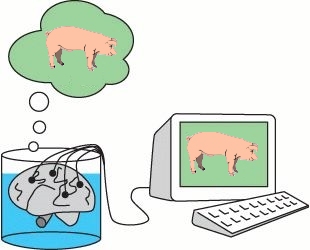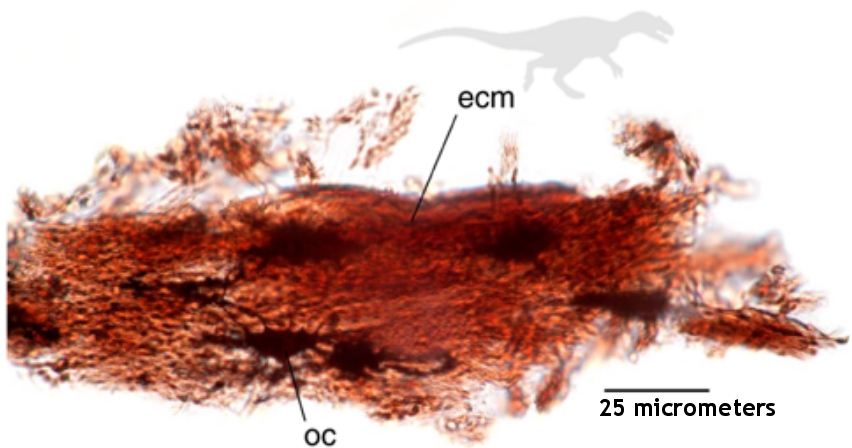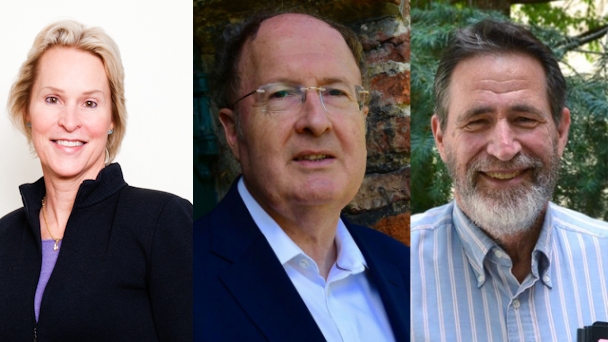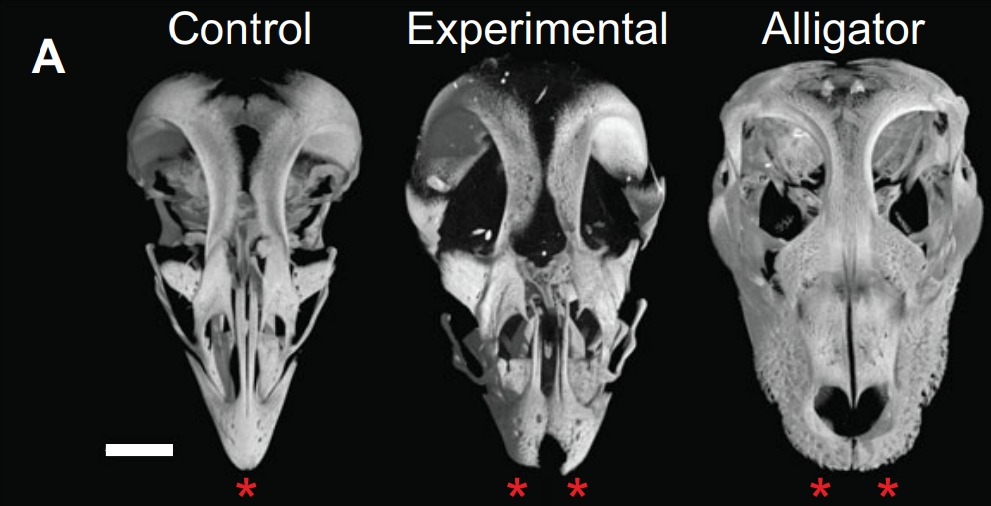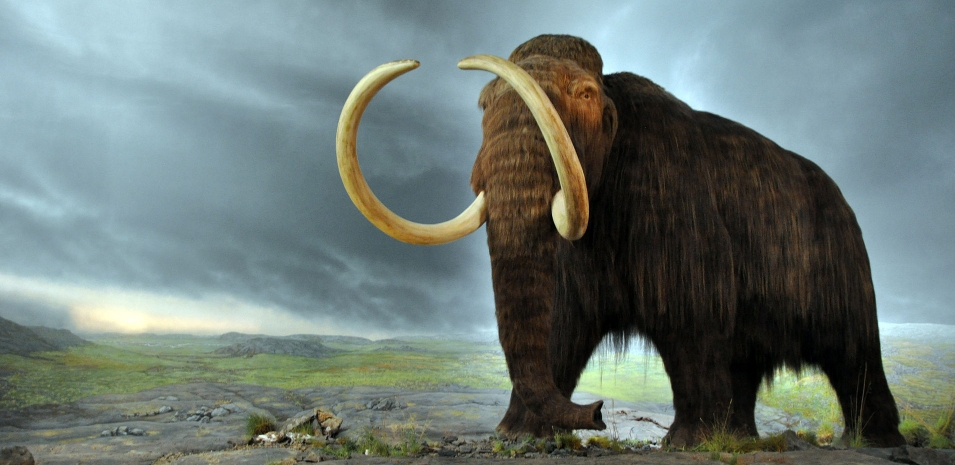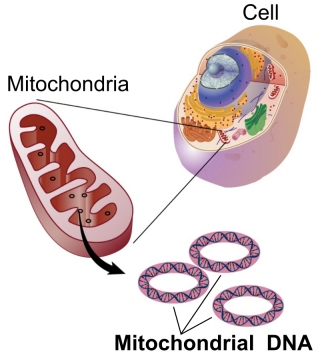
(credit: Dr. Kristin Laidre, Polar Science Center, UW NOAA/OAR/OER)
Back in April, I spoke at the Ohio Homeschool Convention. It is part of the Great Homeschool Conventions, at which I have been fortunate to be a regular speaker. This year, the convention graciously allowed me to do my favorite kind of presentation: A Question/Answer Session. I have done them at other conventions (see here, here, and here), and I always enjoy them, usually because I learn something. I open these sessions by simply asking for questions, and I tell the audience that the questions can be about anything. If I can’t answer a question, I am happy say the three words any scientist should be totally comfortable saying, “I don’t know.” I also tell them that if I have to say those words, I will try to find the answer later and post it on my blog.
That’s what happened at the Ohio Homeschool convention. One of the audience members asked me what a narwhal (Monodon monoceros) does with its horn. I had to tell him that I don’t know. I did tell him that it isn’t really a horn. In fact, it is an elongated tooth. I speculated about a couple of possibilities, but I couldn’t say anything for sure. That was a few weeks ago, and I have been pretty busy since then. However, I have wrapped up both the Thermodynamics course I was teaching at Anderson University, and the online classes I have been teaching this year, so I finally got around to investigating narwhals.
The short answer is that we still don’t know what a narwhal does with its tusk. The long answer, however, is much more interesting.
Continue reading “What Is the Function of a Narwhal’s Tusk?”

